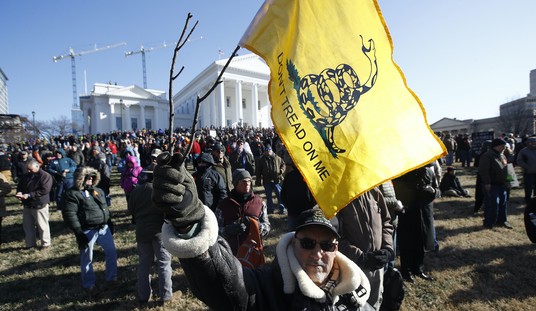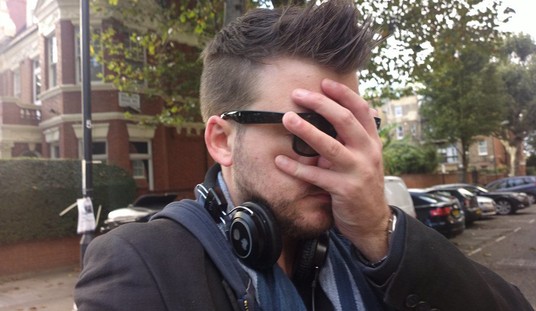The Maryland man who killed three of his neighbors before he himself was shot and killed by police on Saturday morning was no stranger to law enforcement, according to the Baltimore Sun, which reports the suspect had been the subject of repeated peace orders filed against him over the past few years and a history of erratic behavior stretching back over a decade.
On Saturday, police say the suspect broke into the home of 41-year old neighbor Ismael Quintanilla and stabbed and shot the man. The suspect then chased 37-year old Sara Alacote, Quitanilla’s wife, out of the home, fatally shooting her as well. Two other neighbors who heard the shots and had raced outside their homes were also shot, with 24-year old Sagar Ghimire passing away from his injuries later that day.
The suspect also set fire to his own home, and the flames spread to two other nearby townhomes before police engaged the suspect and wounded him. The 56-year old suspect died from his injuries at a local hospital.
Despite being on the radar of both neighbors and local law enforcement, Maryland’s “red flag” gun seizure was apparently never used against the suspect, even when there were complaints about him carrying a gun through the neighborhood while he shouted about the federal government spying on him and accused neighbors of taking part.
Shireen Hodge, president of the Fair Brooks Homeowners Association, told the Sun that while there were no major incidents involving the suspect until Saturday’s attack, she wasn’t surprised to learn that the suspect was involved.
“It’s shocking, but then it’s not shocking. And I say that because this gentleman, he had all of the signs and symptoms of someone who was clearly suffering from some mental health issues,” Hodge said. “He had a huge sign in front of his house that said FBI, CIA and police are not welcome here.”
Hodge said the homeowners association brought in a mobile crisis unit to help neighbors cope with Saturday’s violence.
“I didn’t sleep well last night,” Hodge said Sunday. “Untreated mental illness is a very dangerous thing when you couple it with the effects of this pandemic.”
Maryland has some of the most restrictive gun control laws in the country, including universal background check requirements on all gun transfers, a waiting period, gun-rationing laws, “may issue” carry permits, and the aforementioned red flag law, which has been used extensively in the state since it was put into effect in 2018. As the Sun reported last October:
Adjusted per capita and per day in effect, Maryland courts have issued the second most such orders out of the wave of states that have implemented similar laws since 2016, according to available data obtained by The Sun.
In the two years since the law took effect Oct. 1, 2018, Maryland courts has granted 989 extreme risk protective orders, an average of about 8.2 orders per year per 100,000 residents. Only Florida has used it more, about 9.4 orders per 100,000 residents. Maryland has used it twice as much as the next-highest state, New Jersey.
This tragic story is a perfect example of why the red flag laws aren’t a serious solution to either mental illness or violent crime. Even if an Extreme Risk Protection Order had been filed and approved against the suspect, police would have taken his guns away but left him with his gasoline, matches, and knives. The state’s ERPO law simply demands that someone deemed to be a danger to themselves or others have their firearms taken from them. When it comes to actual mental health treatment for the supposedly dangerous individual, the law is silent.
Maryland’s restrictive gun control laws didn’t stop this attack from taking place, and the state’s failing mental health system wasn’t any help either. Rather than fix the flaws in mental health services, however, expect the Democrats in charge of the statehouse in Annapolis to call for more restrictions on the right to keep and bear arms in the coming days. Their proposals won’t make anyone any safer, but they’ll allow politicians to claim they’re doing “something”, even if it’s not something that works.








Join the conversation as a VIP Member